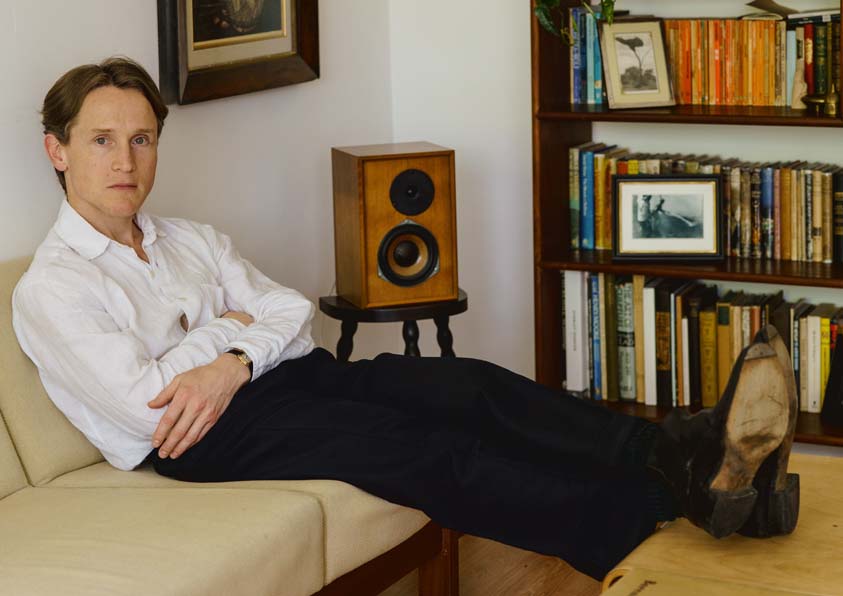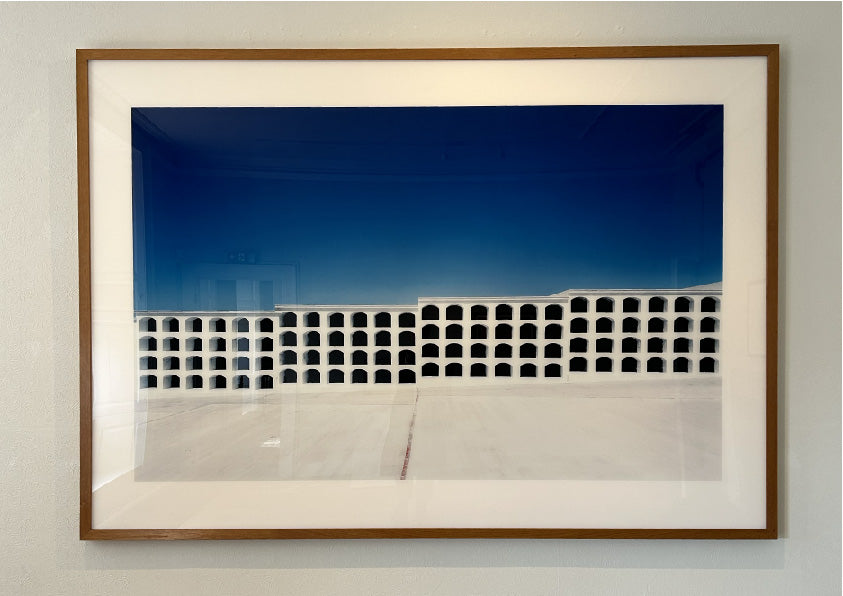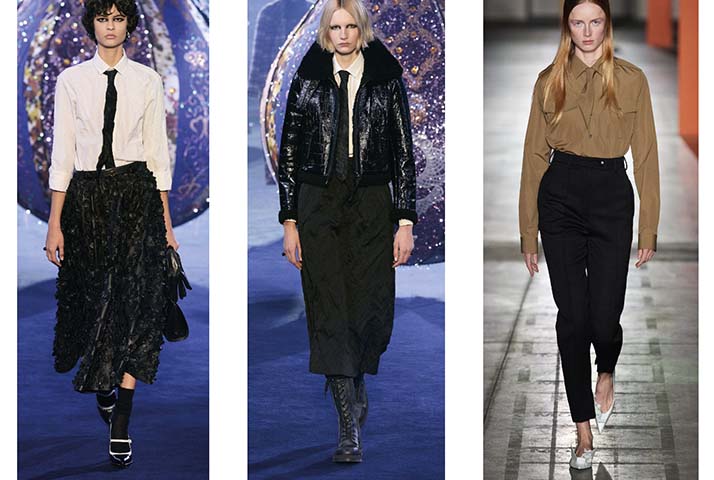Since relocating the Marwood studio away from London, to Devon, a few years ago; We have been inspired by a wider network of creatives. Something we always appreciate are the friends that we meet along the way, some of which have been with us since university days. Sam Kerr is a Graphic Artist who has been seeking the balance between a creative output to make a living, along with a creative output to invigorate the soul... an easy conundrum to resonate with, for many of us. Read on to hear some of Sam's influences and thoughts, as well as why he left London...
Working with Cornwall based photographer Victoria May Harrison, we captured Kerr in his creek-side cottage in Devon, which he shares with his girlfriend and fellow Marwood creative, Sarah. Kerr's natural style and strong wardrobe (thanks mostly to his favourite store Other Shop, London and vintage finds) were the perfect accompaniments to our popular mohair socks, winter scarves and graphic silk ties.
Interview & Styling by Becky French
Photography by Victoria May Harrison
Interviewee: Sam Kerr
–
BF: Hi Sam. We met at Kingston University back in the day. I am excited to interview you for the new Marwood website, as we have worked together on some great projects over the past few years. I would really like people to know more about you, your process and what inspires you. Although you studied Illustration at University, how would you describe what you do now? How do you define your commercial work from your personal work?
SK: Hi Becky. When people ask, I tend to refer to myself as a ‘graphic artist’. Illustration is still a big part of what I do, particularly within the context of my commercial work, but it doesn’t represent the entirety of my output. For me, much of the enjoyment in being creative is in the exploration, and so I try not to limit myself to a particular process or medium. I prefer aesthetic to be dictated by subject matter, project to project, which can lead to some not involving any drawing at all. These days, the majority of my commercial work is straight portraiture, and I use personal projects and collaborations to explore themes and ideas that interest me.
BF: You grew up in Kent and then lived in London since graduating from Kingston University. Before you moved to Devon last year, you and your girlfriend Sarah lived in 'Crescent House' on the Golden Lane Estate, next to the Barbican. Why did you decide to live there and what did it bring to your life creatively and socially when you lived in London?
SK: The Golden Lane Estate was a special place to be a part of, not just for its renowned architecture, but also for its sense of community. Its policy of remaining 50% social housing and 50% privately owned meant there was an interesting mix of people living there - from young-ish newcomers like ourselves to retired ‘Golden Oldies’ who had lived there since the estate was built in the 1950’s. In Crescent House alone, you had design-conscious individuals paying through the nose to own a property whilst others were being relocated there by housing associations.
During my time there, I got to mingle with people from different backgrounds, generations and areas of work, which was interesting for how it changed up the topics of conversation. I’ve tried to maintain that social diversity in my life because I find it keeps me from living too much inside a bubble. It can also end up influencing my work in surprising ways.
BF: Having lived somewhere as iconic as the Golden Lane Estate, was it hard to choose where to live next? Why did you leave London and what were you in search of?
SK: From the day Sarah and I moved into the Golden Lane Estate, we knew we’d have to do something very different when the time came to leave. As far as we were concerned, there was no greater experience of living in London than where we were, and so our next move shouldn’t try to compete with it. When we made the decision to leave, it was because we were ready for a change. The choice to go rural was less about searching for something specific, and more about finding out what a completely different environment could offer us.
BF: What has Devon living brought to you in terms of your way of thinking and creativity? Describe a typical workday and what rituals or routines you like to adhere to, if any.
SK: Living rurally has felt a bit like going on a diet. I find that I’m consuming less information day to day and I feel more focused for it. Even though I was looking forward to seeking inspiration from new places, it’s been surprising to me how beneficial a more ‘natural’ environment has been to my work. There’s plenty I miss about London, but now that I’m outside of it I really notice how many unnecessary distractions there are. It’s easy to think that all that choice is advantageous, but it can cloud your judgement too. Nowadays, I’m in the studio only if I have something to focus on, otherwise I’m outside soaking up my surroundings, allowing them to clear my head and make space for something new.
BF: You have collaborated with Marwood on a few projects including one of our favourites where we printed your tessellating leaf design onto lace. Whilst you’ve worked with known fashion brands such as Paul Smith and Jigsaw, what’s next? What is your idea of a dream collaborator?
SK: The majority of my collaborations have been with friends, Marwood included, and I particularly enjoy those partnerships because of the level of trust involved. Friends are good at pushing each other, and I think that willingness to challenge and be challenged creates more exciting work. I will always make time for those sorts of projects.
 Click image to shop pocket square.
Click image to shop pocket square.
 Sam's recent illustrations for the Marwood website.
Sam's recent illustrations for the Marwood website.
BF: You contributed to the art direction of this shoot, photographed by Victoria May Harrison. Can you explain a bit more about the idea and how it links back to your own work?
SK: The way we sit for a portrait is different to how we might pose for a photograph. A sitting requires the subject to remain still for long periods of time, and so the positions we adopt are somewhat dictated by comfort. I was keen for these photographs to feel more like sittings, in part because I’m not a model, but also because it links back to my own interest in portraiture. To find the right poses, we looked through the works of a couple of my favourite portrait artists - Humphrey Ocean and David Hockney - to see how their sitters sat for them.

Image by artist Humphrey Ocean.
BF: What career path would you take in a second life? Or even this life?
SK: I often think about what else I might do if I decided to change careers, but it’s always been with an intention to follow it through within this life. I’ve always enjoyed writing, and I hope to take it more seriously at some point in the future. My Aunt, who began her career as a graphic designer in the 1960’s, and later left it behind to run a small B&B in Cumbria, has recently completed writing her first book at the grand age of 80. It’s never too late to try something new.
BF: What occasion in your life would you name as your most significant and memorable?
SK: It was a moment at primary school, at the age of five. I made a drawing that went down well with the other classmates, and I was soon referred to as, ‘the boy who can draw’. Up until that point, drawing was simply something I enjoyed doing, but afterwards it became more complicated. All of a sudden, being creative was tied into my identity, which over the years has been responsible for equal highs and lows. I’ve learnt that there are times when it’s important to be connected to what you do, but equally important is the ability to separate yourself from your vocation and not let it define you.
 Click image to shop scarf.
Click image to shop scarf.
BF: Finally, music is a big part of your life. Which record from your collection would you like to add to our Marwood studio playlist?
SK: Can I offer up two that share a similar origin? In each instance, the artist was bedridden at the time of the album’s conception. Both Brian Eno’s ‘Discreet Music’ and J Dilla’s ‘Donuts’ were conceived of during a time of physical limitation, but like a lot of great art, restriction played an important role in their creative process. I often reflect upon my own experience of being bedridden, which was a creative time for me also. In my reminiscing, I’m reminded of how lucky I am to have a creative outlet, because when times are tough I have somewhere to channel my emotions, and there’s always the possibility that something special might come out of it.
Sam's latest project 'Neurodegenerative Football League' highlights the disease 'Chronic Traumatic Encephalopathy (CTE)' among American Football players. A poignant message is held within each artwork. Read more from Sam here.

To see Sam’s work, visit his website www.samuelkerr.co.uk, where you can view his personal projects, collaborations, commissions and sketchbooks.
Shop here for Marwood x Sam Kerr collaborative tie project.











